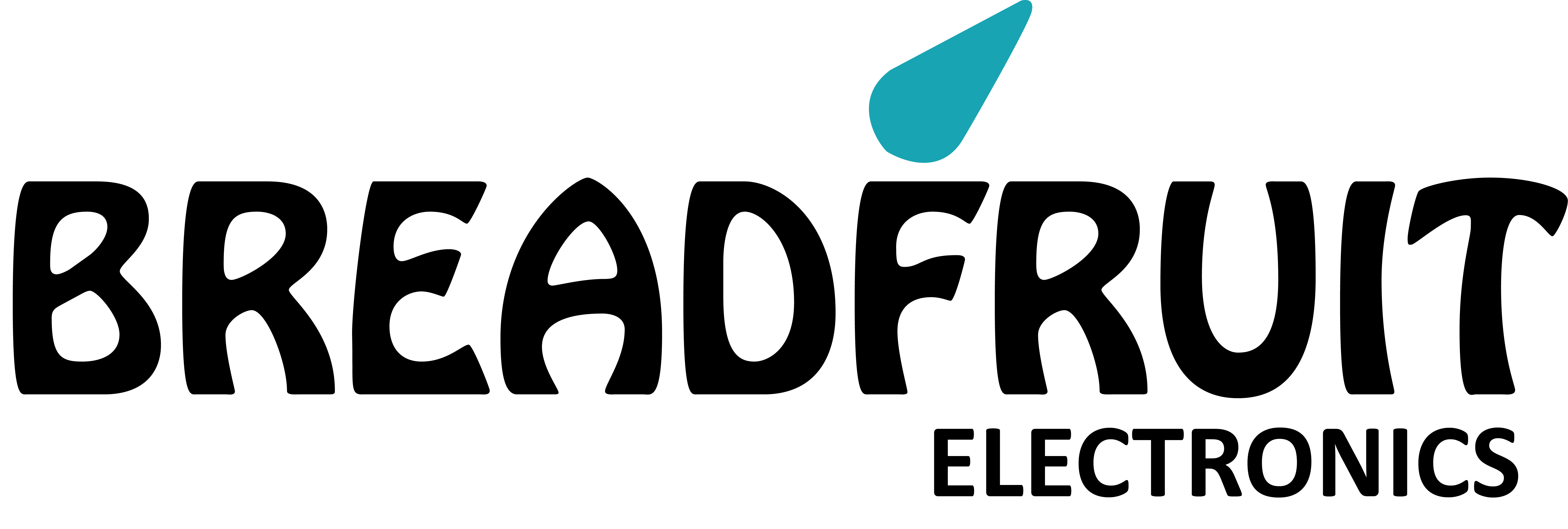To do this, you have to dispose of all the positions within a 14-day period that is within a single tax year. If you do https://host2k.ru/library/nesobstvenno-hudozhestvennoe-tvorchestvo-shukshina-poetika-stilistika-tekstologiya47.html not choose to deduct your estimated loss as a casualty loss or an ordinary loss, you wait until the year the amount of the actual loss is determined and deduct it as a nonbusiness bad debt in that year. Report it as a short-term capital loss on Form 8949, Part I, line 1, as explained under How to report bad debts, later. If you hold an obligation of an individual issued with OID after March 1, 1984, you must generally include the OID in your income currently, and your gain or loss on its sale or retirement is generally capital gain or loss. An exception to this treatment applies if the obligation is a loan between individuals and all the following requirements are met. Table 4-2 illustrates the average basis method of shares sold, compared with the use of the FIFO method to figure cost basis (discussed earlier).
Expert insights on payroll data security and tax scams in 2025
You were paid $10 for the fractional-share stock dividend under a plan described in the discussion above. When the basis of your stock has been reduced to zero, report any additional nondividend distribution you receive as a capital gain. Whether you report it as a long-term or short-term capital gain depends on how long you have held the stock. The corporation in which you own stock may have a dividend reinvestment plan.
Bond Amortization Schedule Use Straight Line Method
If the bond yields tax-exempt interest, you must amortize the premium. This amortized amount is not deductible in determining taxable income. However, each year, you must reduce your basis in the bond (and tax-exempt interest otherwise reportable on your tax return) by the amortization for the year.
- Find the present value of the bond’s future cash flows using the market interest rate as the discount rate.
- You reduce your basis in each share to zero and report $1 of gain per share.
- Form 1099-INT, box 3 should show the interest as the difference between the amount you received and the amount paid for the bond.
- Do not include them in your gross income until they are more than the total of all net premiums you paid for the contract.
- The loss is carried to the earliest carryback year first, and any unabsorbed loss amount can then be carried to each of the next 2 tax years.
Conversion Transactions
So, the bondholder will get the interest for this unpaid amount at the market rate (8%). Below is the total amortization schedule for our Series 2022 issue, illustrating how premium amortizes at the call date while the discount continues. A series of equal amounts occurring at the end of each equal time interval. Under the accrual basis of accounting, expenses are matched with revenues on the income statement when the expenses expire or title has transferred to the buyer, rather than at the time when expenses are paid. The balance sheet reports information as of a date (a point in time). The income statement, statement of cash flows, statement of comprehensive income, and the statement of stockholders’ equity report information for a period of time (or time interval) such as a year, quarter, or month.
- An entity that is formed for the purpose of holding a fixed pool of mortgages secured by interests in real property, with multiple classes of interests held by investors.
- Later, you presented the bond and $50 and received one share of XYZ Corporation common stock.
- There are three methods you can use to figure accrued market discount for this purpose.
- Consider using the constant yield method to manage bond premiums.
The basis of the stock you receive is generally the adjusted basis of the property you transfer. Increase this amount by any amount that was treated as a dividend, plus any gain recognized on the trade. Decrease this amount by any cash you received and https://kandinsky-art.ru/library/kandinsky-istoki18.html the fair market value of any other property you received. Later, you presented the bond and $50 and received one share of XYZ Corporation common stock.
Depending on the circumstances, a gain or loss on a sale or trade of property used in a trade or business may be treated as either capital or ordinary, as explained in Pub. In some situations, part of your gain or loss may be a capital gain or loss, and part may be an ordinary gain or loss. Although you cannot deduct the premium on a tax-exempt bond, you must amortize it to determine your adjusted basis in the bond. You must reduce the basis of the bond by the premium you amortized for the period you held the bond.
The rules for coordinating straddle losses and wash sales do not apply to the following loss situations. If you have a disallowed loss that resulted from applying Rule 1 and Rule 2, you must carry it over to the next tax year and apply Rule 1 and Rule 2 to that carryover loss. For example, a loss disallowed in 2023 under Rule 1 will not be allowed in 2024, unless the substantially identical stock or securities (which caused the loss to be disallowed in 2023) were disposed of during 2024. In addition, the carryover loss will not be allowed in 2024 if Rule 1 https://gps-lib.ru/article/newgps2.htm or Rule 2 disallows it. A deep-in-the-money option is an option with a strike price lower than the lowest qualified benchmark (LQB). The strike price is the price at which the option is to be exercised.
